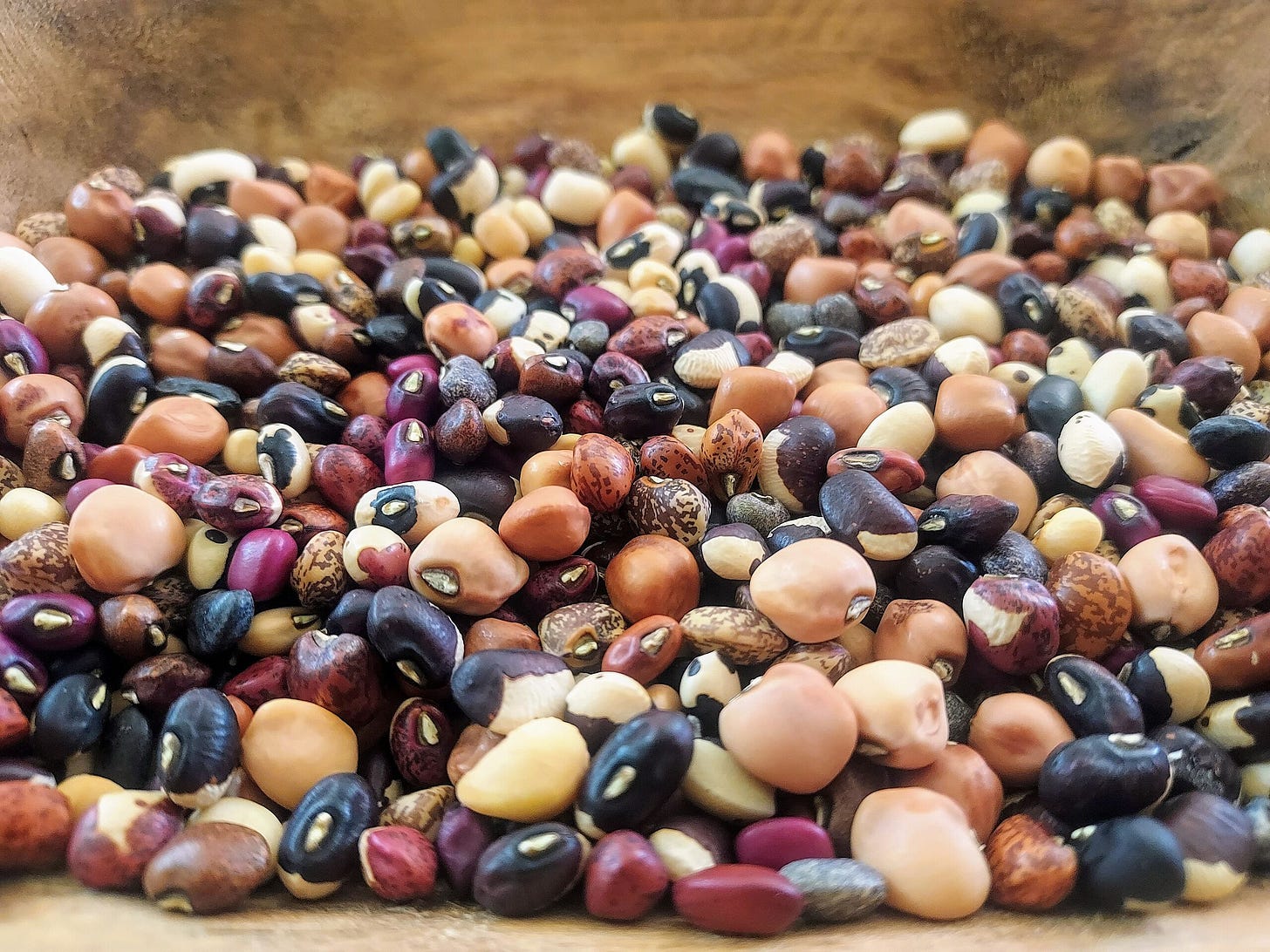
Good Morning from Khartoum, Sudan!
Lumumba – What REALLY Happened?
Last week marked sixty four years of Lumumba’s murder, and George The Poet revisits the rise of Congo’s first democratically elected leader. To many, Patrice Lumumba was a symbol of hope, but his belief that Africans should control their natural resources was fiercely opposed by Western powers.
After his murder, the aborted legacy of Congo’s first prime minister Patrice Lumumba, still haunts many.
Take a look at the first part of George The Poet’s incredible video on Lumumba’s rise.
Renaming the ‘Cowpea’? One Woman’s Crusade to Honor a Crop’s African Roots
Call them cowpeas, field peas, Southern peas, black-eyed peas—or better yet, African peas—and get ready for a spirited debate. That’s exactly what happens anytime Bonnetta Adeeb, a 73-year-old force-of-nature and founder of the Ujamaa Cooperative Farming Alliance, hears the word “cowpea.” She’s campaigning to retire that name in favor of something that spotlights the crop’s true heritage: Africa.
Botanically known as Vigna unguiculata, cowpeas took root in African agriculture long before voyaging across oceans—by way of the slave trade—to the Caribbean, North America, and beyond. Archaeologists have traced 4,000-year-old charred cowpeas to Ghana, and the beans now flourish in 45 African countries. Plus, their famous spinoffs are everywhere: black-eyed pea fritters, a.k.a. acarajé in Brazil and akara in West Africa, or Asian long beans (yep, those belong to the same family).
So, Why the Beef With “Cowpea”?
For Adeeb, the name “cowpea” is more than just meh—it leaves a bitter taste. She feels it hides the crop’s African identity, echoing a history where Black people were treated as chattel and forced to eat “livestock feed.” An eye-rolling USDA staffer’s comment that cowpeas weren’t “fit for human consumption” lit her activist fuse, and now she refuses to mince words about this overlooked staple.
But that’s not all. Adeeb points out how Eurocentric narratives often ignore African contributions—be it coffee, watermelon, okra, or the black-eyed pea. Even everyday products like Red Zinger tea and Worcestershire sauce trace ingredients to Africa. As such, renaming them “African peas” is Adeeb’s way of re-centering the story: it’s a celebration of African heritage.
Some botanists say “cowpea” was just a nod to how farmers used the plants for animal feed. Renowned cowpea researcher B.B. Singh argued that we don’t typically label crops with their region of origin (think “Mexican maize” or “Brazilian peanut”), so “cowpea” might simply reflect historical usage. Adeeb counters that context matters: in a society where Black people were treated as second-class citizens (or worse), naming an African-based staple after livestock might not be so innocent.
The African Venom Crisis

You’re minding your own business, sitting on a rock, just daydreaming—when bam, a fanged intruder crashes the party. That’s what happened to 11-year-old Beatrice in Mwingi, Kenya, who ended up losing her finger after a mysterious red-headed snake bit her. Cue mad dashes between hospitals, frantic searches for the right antivenom—and tears from her very stoic dad.
Turns out, she’s far from alone: Snakes and people share close quarters across Africa, India, Brazil, and beyond. As deforestation and urban sprawl spike, so do snake encounters. Officially, 5 million people get bitten annually, causing some 120,000 deaths and 400,000 amputations—but that’s just what the records show. In reality, it’s almost certainly higher.
Why? It’s complicated. Hospitals in rural areas often don’t have the correct antivenoms, which are tough to source and store (think: cold chain requirements, brand mismatches, skyrocketing costs). Plus, most folks can’t ID snakes quickly—one slithery reptile can look a lot like another. Is that a black mamba or just a random garden snake? Hard to say when you’re freaking out.
The World Health Organization hopes to halve snakebite deaths by 2030, and researchers are testing new approaches: lab-made monoclonal antibodies instead of the 130-year-old horse-serum technique. But venom is incredibly varied—a black mamba in East Africa may differ from its cousin up north—so we’re up against one big scaly puzzle.
Meanwhile, Kenya’s top herpetologists are out there (safely) milking cobras, teaching locals about simple measures they can take — like wearing shoes, raising beds off the ground, and keeping homes clear of clutter.
It’s risky work, but also game-changing: if we learn more about these creatures, maybe we’ll coexist – with fewer casualties.
Food for Thought
“If you wait for tomorrow, tomorrow comes. If you don’t wait for tomorrow, tomorrow comes.”
— Malinke Proverb



